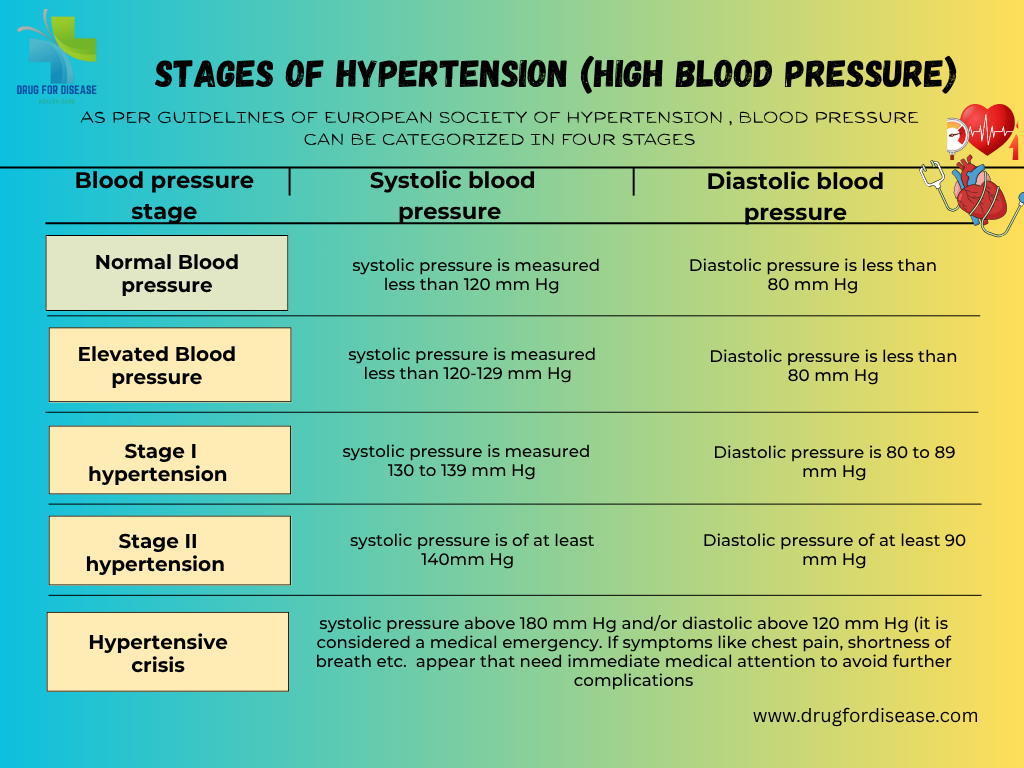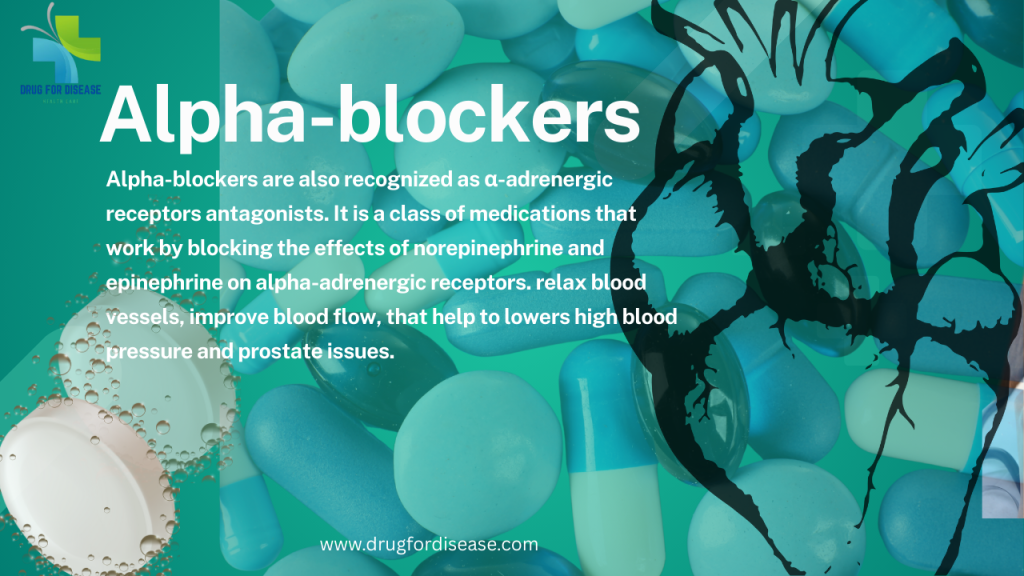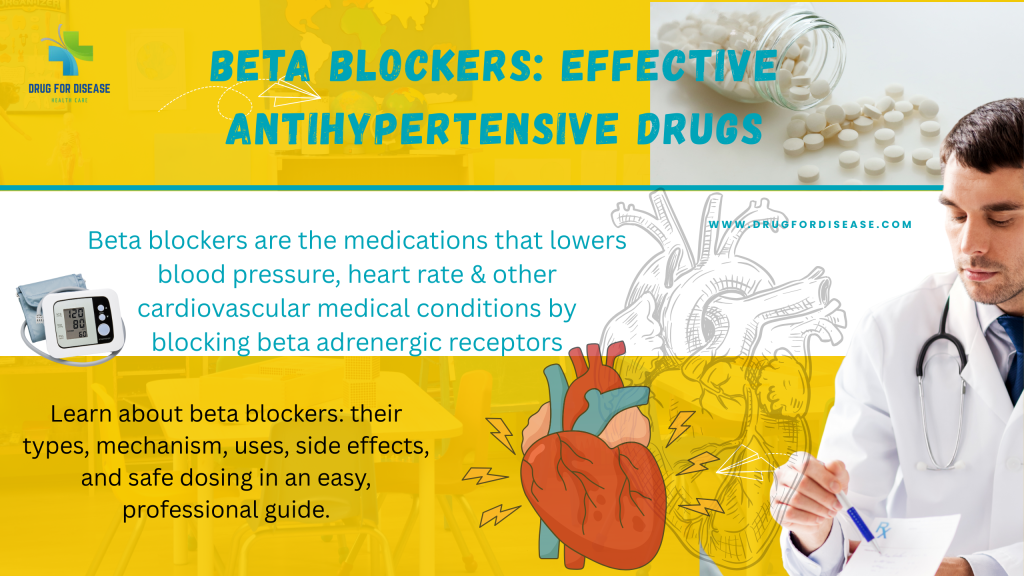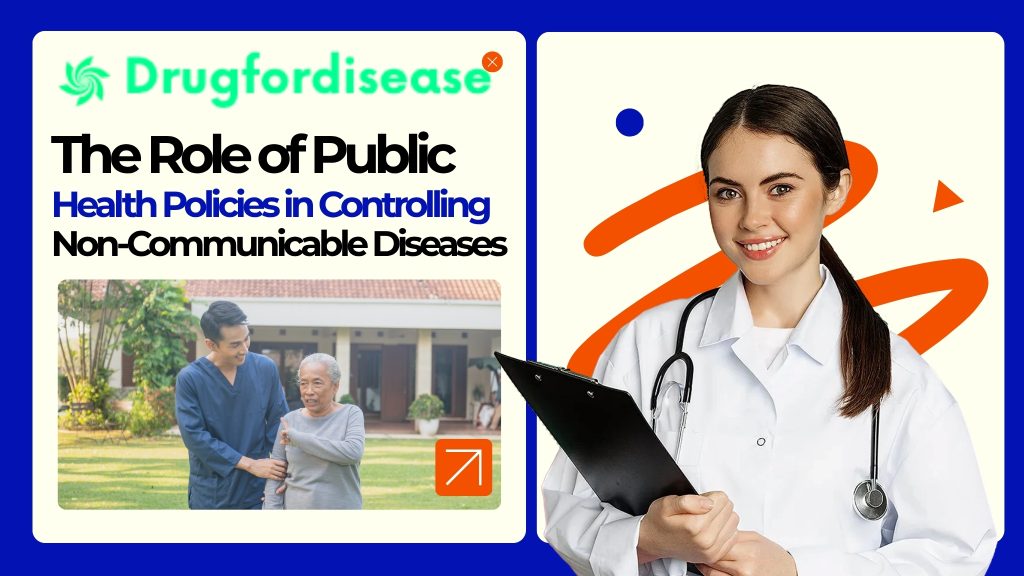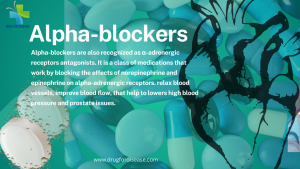Hypertension or high blood pressure is the most common non communicable disease that appears when the force (pressure) of blood against the artery walls is continuously high. Or in other words consistent raised arterial pressure is termed as hypertension.
How to take readings of hypertension
Hypertension or high blood pressure is measured by two values that are systolic pressure & diastolic pressure. Systolic blood pressure represents the pressure of blood in arteries when heart beats & diastolic blood pressure is the pressure of blood is on artery walls when the heart muscle rests between beats.
A normal blood pressure value is 120/80 mmHg. Hypertension or high blood pressure is usually diagnosed when blood pressure consistently exceeds 130/80 mmHg.
Globally1.28 billion adults between the age of 30–79 years are suffering from hypertension. About two-thirds of hypertensive cases belong to low- and middle-income countries. It is the major cause of premature mortality (WHO, 16 March, 2023).
Stages of Hypertension or high blood pressure
As per European Society of hypertension guidelines, blood pressure can be categorized in four stages
Normal Blood Pressure: systolic pressure is less than 120 mm Hg while diastolic is less than 80 mm Hg
Elevated Blood pressure: systolic pressure of 120-129 mm Hg and diastolic less than 80 mm Hg, need to consult health care professional to manage the condition.
Stage 1 Hypertension: systolic pressure of 130 to 139 mm Hg or diastolic of 80 to 89 mm Hg. It can be managed by lifestyle changes and medication.
Stage 2 Hypertension: systolic pressure of at least 140 mm Hg or diastolic of at least 90 mm Hg or above.
Hypertensive crisis: systolic pressure above 180 mm Hg and/or diastolic above 120 mm Hg (it is considered a medical emergency. Following symptoms may appear, that need immediate medical attention to avoid further complications
chest pain, shortness of breath, difficulty in speaking, numbness, weakness, blurred vision etc.
Types of Hypertensions (high blood pressure)
Hypertension or high blood pressure is basically classified into two major types, that are
- Primary /Essential Hypertension
- Secondary Hypertension
Primary /Essential Hypertension;
It is the most common type, affecting between 90 to 95 percent of people. It develops slowly over time and has no known cause, but linked to behavioral factors, genetic, environmental factors, diet, smoking, excessive salt intake, less physical activity etc
Secondary Hypertension
Secondary Hypertension or high blood pressure is affecting 5–10% percent of people worldwide. It occurs suddenly and is due to an underlying medical condition or conditions like adrenal gland tumors, thyroid problems, stroke, kidney failure, birth control tablets or medicines etc. Secondary hypertension is more prevalent in younger people & 30% of people have an age of 18 to 40 years.
Other Subtypes of hypertension include
Isolated Systolic Hypertension Mostly older people suffer with isolated systolic hypertension. Blood pressure ranges from 140- 90mmHg systolic pressure and diastolic pressure respectively.
Malignant Hypertension (Hypertensive Emergency Blood pressure rises quickly and severely (typically >180/120 mmHg. It may cause damage to one or more organs like kidney, lungs, brain etc. symptoms.like confusion, anxiety, drowsiness, chest pain, and shortness of
White Coat Hypertension: Elevated blood pressure only in clinical settings due to anxiety while patient gets normal at home
Masked Hypertension; It is the vice versa of above readings is normal in clinical settings but elevated at home or in daily life.
Gestational hypertension Hypertension occurs in approximately 8–10% of pregnancies after 20 weeks of gestation and women have a blood pressure higher than 140/90 at two readings with at least 6 hours gap
Other pregnancy related hypertension or high blood pressure are Pre-eclampsia & Eclampsia that need special care and emergency treatment.
Causes & Risk Factors of hypertension or high blood pressure
No physical activity
unhealthy diet that are rich in salt, sugar, saturated and trans fats, carbonated drinks, etc.
smoking tobacco or being exposed to secondhand smoke that may damage blood arteries and cause high blood pressure.
excessive salt intake
anxiety or stress
Being overweight or obese
Family history or genetic factors
Age and sex
Adrenal tumors (e.g., pheochromocytoma)
Medications (NSAIDs, steroids, birth control pills
Chronic kidney disease
Hyperthyroidism or hypothyroidism
COMPLICATIONS OF HYPERTENSION
Coronary heart disease (CHD)
Myocardial infarction (MI)
Stroke (CVA), either ischemic or intracerebral hemorrhage
Hypertensive encephalopathy
Renal failure, acute versus chronic
Peripheral arterial disease
Atrial fibrillation
Pathophysiology & Diagnosis
Increased salt absorption resulting in volume expansion
Increased activation of the sympathetic nervous system
An impaired response of the renin-angiotensin-aldosterone system (RAAS)
It can be diagnosed by routine blood pressure monitoring with electronic or manual BP apparatus sphygmomanometer, blood tests (renal function, electrolytes, lipid profile), urine test etc.
Treatment Plans
Lifestyle Modifications
Medications: Preferred drugs are Diuretics, Calcium channel blockersm ACE inhibitors, Beta blockers
Identify and treat the underlying cause
Adjust or stop contributing medications
Hypertension or high blood pressure is often silent but deadly. Early detection, lifestyle changes, and appropriate treatment can prevent serious complications. Everyone over the age of 30 should monitor their blood pressure regularly—even if they feel healthy.
